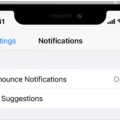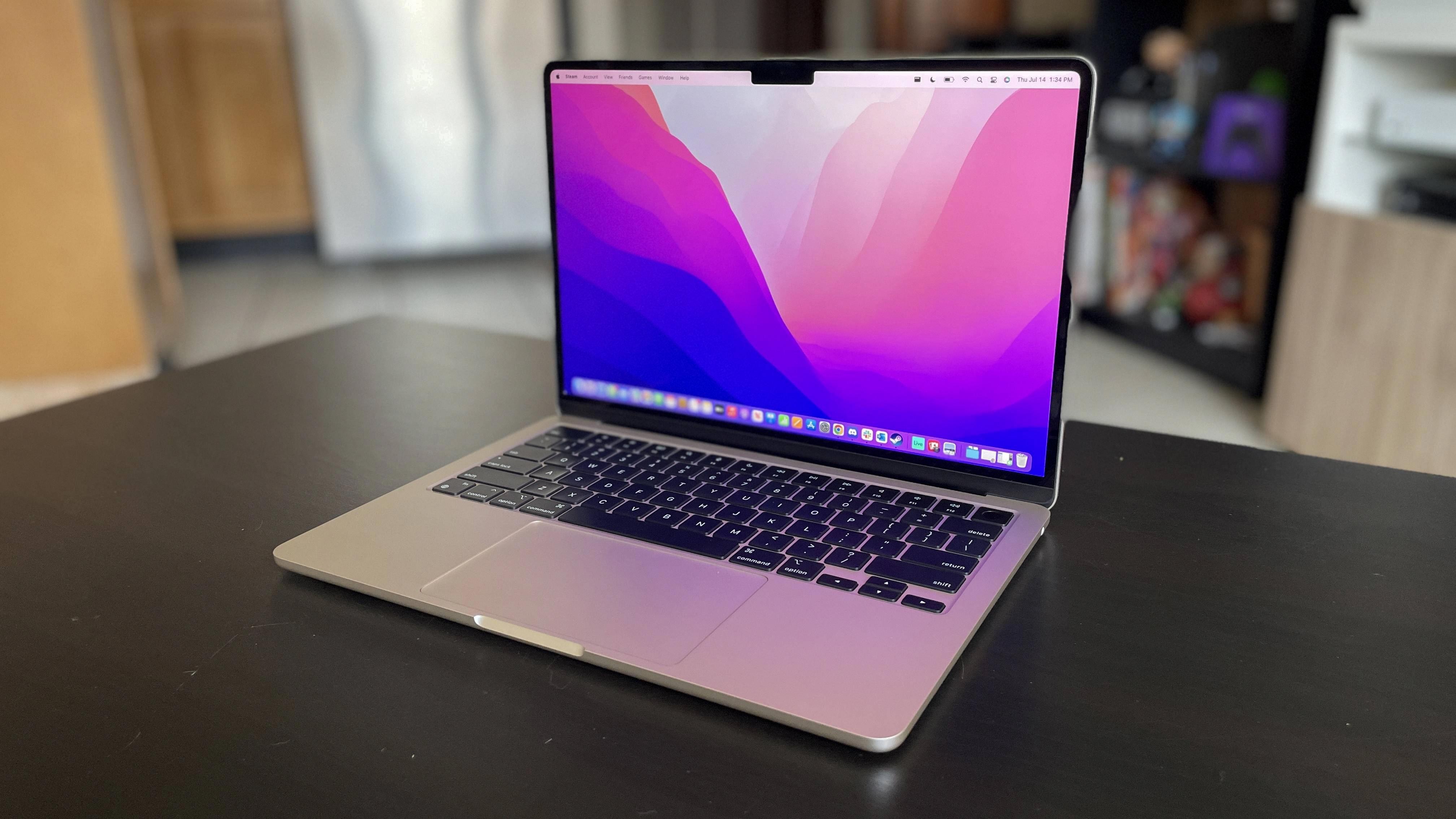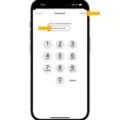The Macbook Pro is a powerhouse of a laptop, boasting a powerful processor, high-resolution Retina display and an intuitive, responsive keyboard. Whether you’re a professional or casual user, the Macbook Pro offers an incredible experience that is simply unmatched by other laptops.
However, if you’re not familiar with Apple keyboards, they can be a bit confusing. Luckily, understanding the basics of the Macbook Pro keyboard can help you make the most of your machine and get the most out of it!
First and foremost, it’s important to understand that the Macbook Pro has two sets of keys: Function Keys and Special Characters. The Function Keys are located at the top of the keyboard and are labeled F1 throuh F12. These keys provide quick access to system features like adjusting brightness or volume. Additionally, these keys can be used to perform shortcuts like switching between fullscreen apps quickly or hiding/showing all windows on your desktop.
The Special Characters are located in-between the normal alphanumeric keys on your keyboard and will appear as symbols such as ? (Command), ? (Control), ? (Option), ? (Shift) or ? (Caps Lock). Each one of these symbols serves a different purpose when used in combination with another key – for example pressing Option + A will produce ä onscreen. Additionally, holding down certain modifier keys like Option or Shift will allow you to access special characters or symbols when typing normaly too!
Finally, if you ever need help using any of these special characters or Function Keys then head over to System Preferences > Keyboard > Keyboard Shortcuts where you can set up custom shortcuts for any task that involves using these special characters or Function Keys!
So now that you know how to use your Macbook Pro’s special characters and function keys, why not give them a try? You’ll be surprised just how much easier life becoes with this powerful tool in your arsenal!
Function Keys on a Macbook Pro
The function keys on a Macbook Pro are located at the top of the keyboard, and they are labeled F1 through F12. These keys can be used to perform various actions, depending on the application you are using. For instance, you can press F7 to check your spelling in Microsoft Word, or press F11 to enter full-screen mode in your web browser. You can also use them as keyboard shortcuts for system features such as decreasing the volume, dimming the display, or showing the desktop. Additionally, many of these keys have icons printed on them which indicte their function.
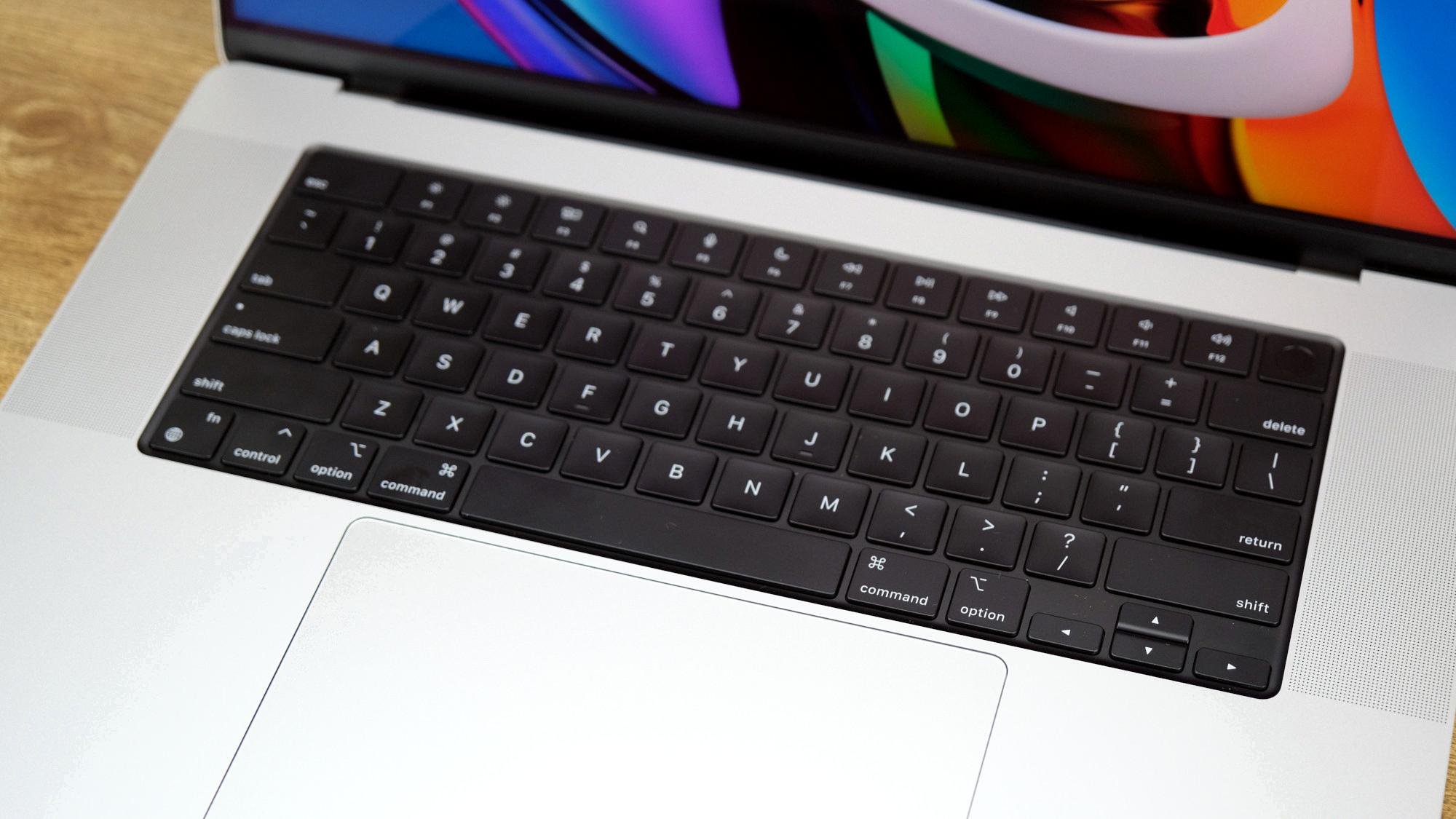
Source: bgr.com
Using Function Keys on a Mac Keyboard
Using the function keys on your Mac keyboard is easy. First, open System Settings by going to the Apple menu ? > System Settings. Then, click Keyboard in the sidebar and click the Keyboard Shortcuts button. In the sidebar, click Function Keys. Finally, turn on “Use F1, F2, etc. keys as standard function keys”. Once this is done, you can use the function keys to perform common tasks such as adjusting brightness or volume and using keyboard shortcuts to access different menus and functions.
Using Symbols on a Macbook Pro Keyboard
On a Macbook Pro, you can type symbols and special characters by pressing certain modifier keys. You can press the option key to access special characters—an orange outline will appear aroud the key when it’s pressed. You can also press and hold the Option and Shift keys for additional symbols. Additionally, you can go to the System Preferences menu and click on Keyboard > Input Sources > Symbol & Text Substitution to customize which symbols appear when certain modifier keys are pressed. Finally, you can use the Character Viewer (in System Preferences > Keyboard > Input Sources) to quickly find symbols by searching for them or browsing through categories.
Common Buttons Found on a Mac Keyboard
A Mac keyboard has several buttons that perform different functions. The Command (?) key, or ?, is used to access menus and other shortcut commands. The Control key, or ?, is used for making changes to the current window or application. The Option (alt) key, or ?, is used for accessing special options in certin menus. The Shift key, or ?, is used to type uppercase letters and access alternate characters from the keyboard. The Caps Lock key, or ?, is used to toggle between typing uppercase and lowercase letters. Finally, the Function key, or fn, is used in combination with other keys to perform special tasks such as adjusting brightness and audio volume.
Using F1 to F12 Keys on a Macbook Pro
The F1 to F12 keys on a Macbook Pro can be accessed by pressing and holding the Fn (Function) key on your keyboard. You can also make the function keys appear automatically when you use specific apps: Open System Preferences from the Apple menu ?, then click Keyboard. From there, you can check the box next to “Use F1, F2, etc. keys as standard function keys”. This will allow you to use the function keys without having to hold down the Fn key. Once enabled, you can use the F1 to F12 keys for a variety of tasks depending on what program or app you’re using. For example, they are oftn used as shortcut keys or for adjusting volume or brightness settings.
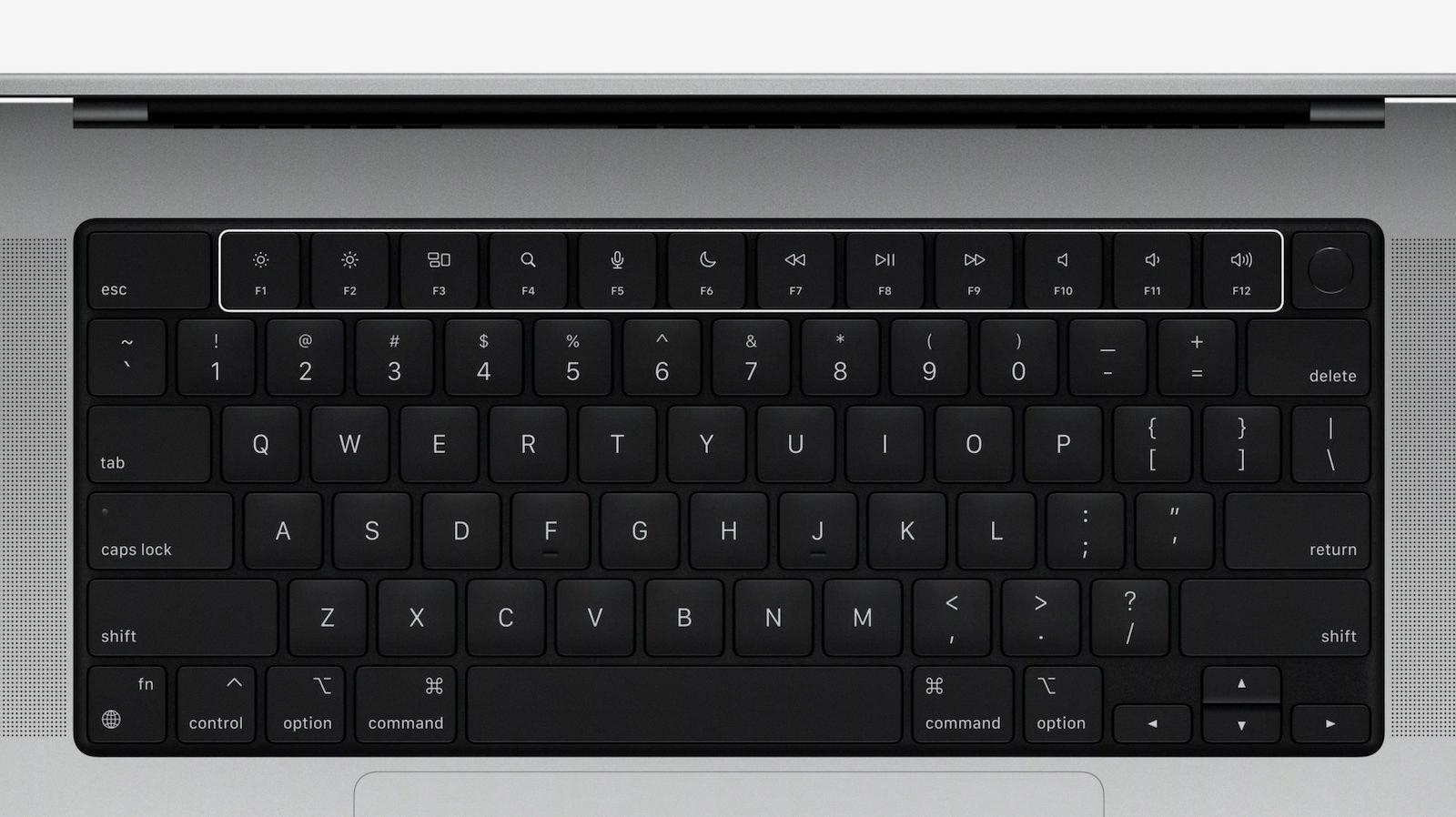
Source: macrumors.com
The Function of F1 Through F12 Keys
The F1 through F12 keys are enhanced function keys that provide quick access to frequently used commands. These commands are typically printed above or on the keys and can help you increase your productivity. They can be used to open menus, launch applications, adjust volume and more depending on the software you’re using. For example, in Microsoft Word, pressing F1 opens the Help window while pressing F2 renames a selected file or folder. Similarly, in Windows 10, pressing F1 opens the Windows Help & Support window while pressing F2 renames a selected file or folder.
What Do the F1, F2, F3, F4, and Other F Keys Mean on a Keyboard?
The “F” keys on your keyboard are known as Function keys. They are labeled F1, F2, F3, F4, etc. and are located at the top of your keyboard. Function keys allow you to quickly access often-used functions within a program or operating system. For example, pressing the F1 key typically opens a help menu for the program or application that is currently open. Similarly, pressing the F2 key usually allos you to rename a file or folder you have selected. The other Function keys perform different tasks depending on what program or application is open at the moment. Alt + F4 will always close an active window regardless of what it is being used for.
Activating FN Keys
To activate the Fn keys on your keyboard, hold down the Fn key and then press the desired key to access its alternate commands. Depending on your keyboard, you may need to press and hold down the Fn key before you press the key with its alternate command.
What Do F1, F2, and F3 Keys Do on a Keyboard?
The F1, F2 and F3 keys on a keyboard are function keys that can be used to perform specific tasks depending on the program being used. Generally speaking, F1 is typically used as a help key, providing access to more information about the current program or window you are viewing. F2 is often used to rename files or folders, while F3 may open a search feature. Other uses for these keys include opening new windows and refreshing pages. Most programs will display instructions or a list of shortcuts when you press one of the function keys.
Typing Special Characters on a Keyboard
Special characters can be typed on a keyboard in one of two ways. The first is to use the right-hand Alt key in combination with the letter of the character you want to type. For example, pressing Alt+e will result in: é. The second way to type special characters is by pressing the symbol you want to use and then the letter you want to use it with. This method is commonly used for more complex special characters that cannot be typed using just an Alt key combination.
Typing Special Characters
To type special characters, you can use the ASCII character codes. Most keyboards have a dedicated number pad on the riht side, which is used to type these codes. To insert the desired character, press and hold down the ALT key while typing the code on the number pad. Depending on the character you wish to insert, you may need to use different codes; for example, to insert the degree (º) symbol, press and hold down ALT while typing 0176 on the numeric keypad.
Using the F12 Key on a Mac Keyboard
The F12 key on a Mac keyboard is typically used to increase the volume. To use it, press and hold down the Fn (Function) key and then press F12. This will increase the volume of your Mac. If you’re uing a non-Apple keyboard that doesn’t have an Fn key, try pressing and holding the Control key instead.
The Function of the F1 and F2 Keys on a Mac
The F1 and F2 keys on a Mac are two of the Function Keys located at the top of the keyboard. They allow users to quickly adjust their display brightness. When pressed, the F1 key will decrease the brightness while pressing the F2 key will increase it. Additionally, pressing and holding down both keys together will open Mission Control, which allows you to quickly switch betwen windows and apps.
Using CTRL + Z on a Mac
CTRL (or Control) and Z on a Mac is a keyboard shortcut used for the Undo command. This shortcut allows you to quickly undo any action you just performed without having to go through the Edit menu. To use this shortcut, press and hold down the Control key and then press the Z key. This will undo your last action. Additionally, you can press Control-Shift-Z to redo the last action you undid.
Selecting on a Mac Keyboard
Selecting on a Mac keyboard is easy–simply hold down the SHIFT key while you’re in a text field. This will shift into text selection mode, allowing you to select the desired text.
Alternatively, you can use specific keyboard shortcuts (such as Command + A for selecting all) without needing to use the SHIFT key. These shortcuts will move the cursor around without selecting any text.

